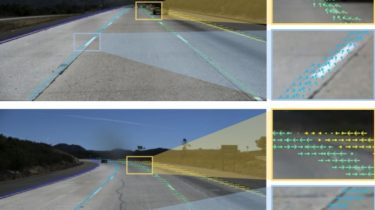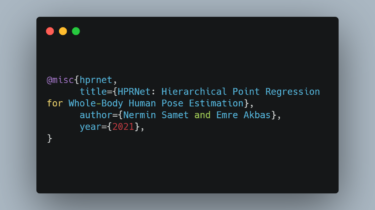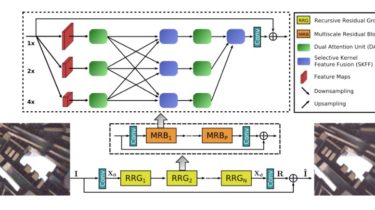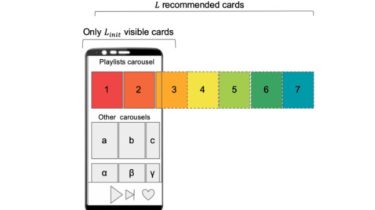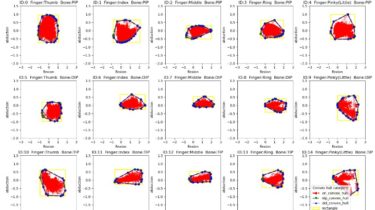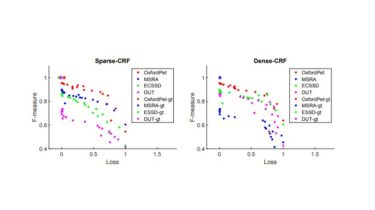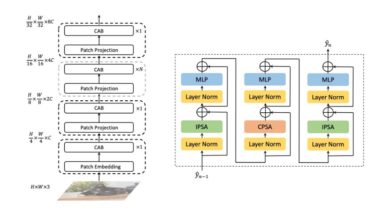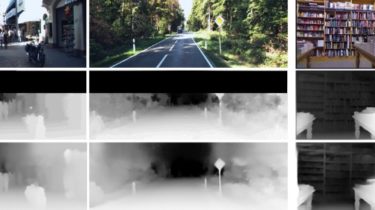LaneAF: Robust Multi-Lane Detection with Affinity Fields
LaneAF LaneAF: Robust Multi-Lane Detection with Affinity Fields Installation Clone this repository Install Anaconda Create a virtual environment and install all dependencies: conda create -n laneaf pip python=3.6source activate laneafpip install numpy scipy matplotlib pillow scikit-learnpip install opencv-pythonpip install https://download.pytorch.org/whl/cu101/torch-1.7.0%2Bcu101-cp36-cp36m-linux_x86_64.whlpip install https://download.pytorch.org/whl/cu101/torchvision-0.8.1%2Bcu101-cp36-cp36m-linux_x86_64.whlsource deactivate You can alternately find your desired torch/torchvision wheel from here. Clone and make DCNv2: cd models/dlagit clone https://github.com/lbin/DCNv2.gitcd DCNv2./make.sh TuSimple The entire TuSimple dataset should be downloaded and organized as follows: └── TuSimple/ ├── clips/ | └── […]
Read more